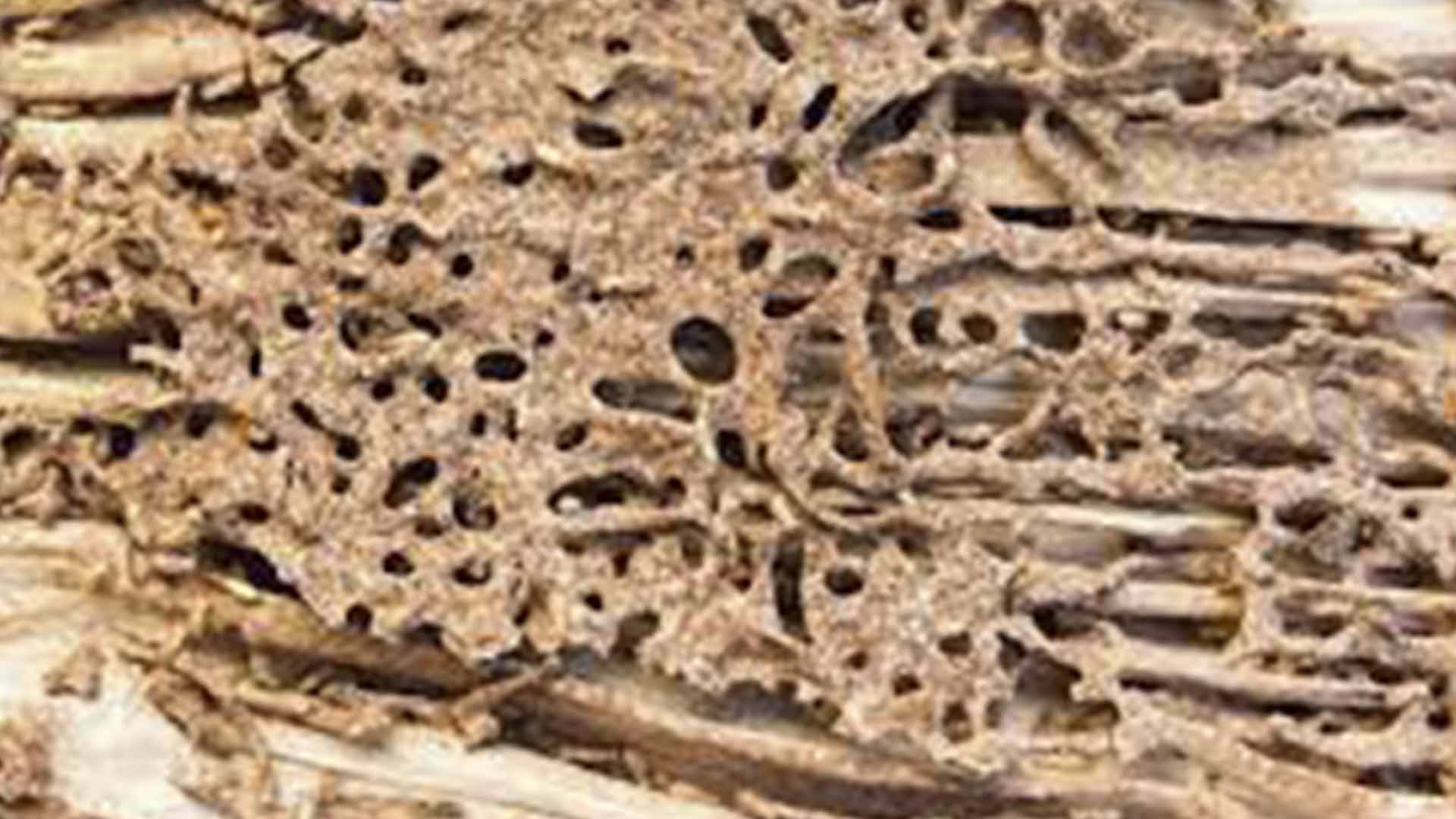
Hollow-sounding or damaged wood often indicates termites eating away from within.
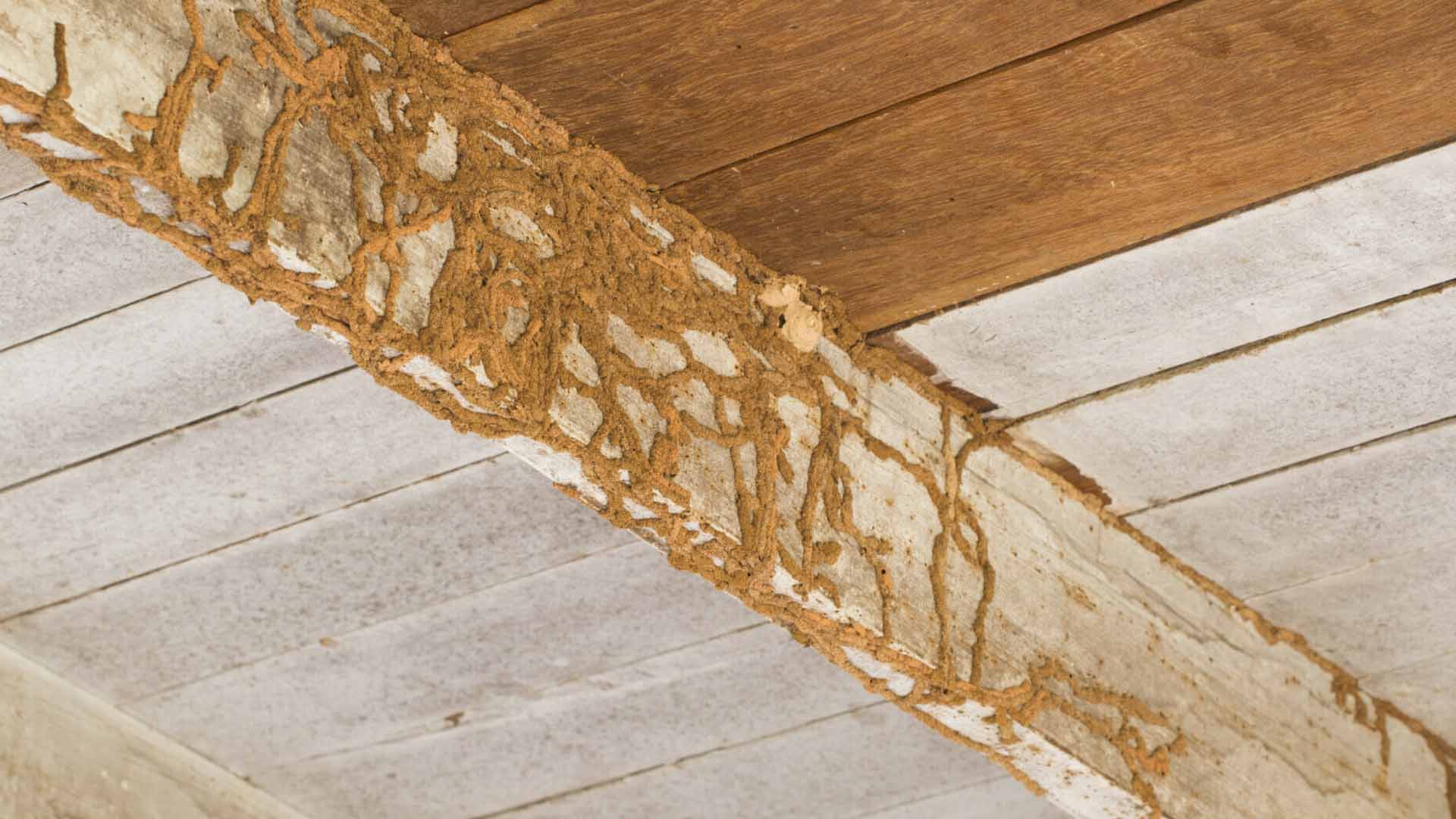
Termites can enter homes through cracks in foundations, seeking moisture and wood.
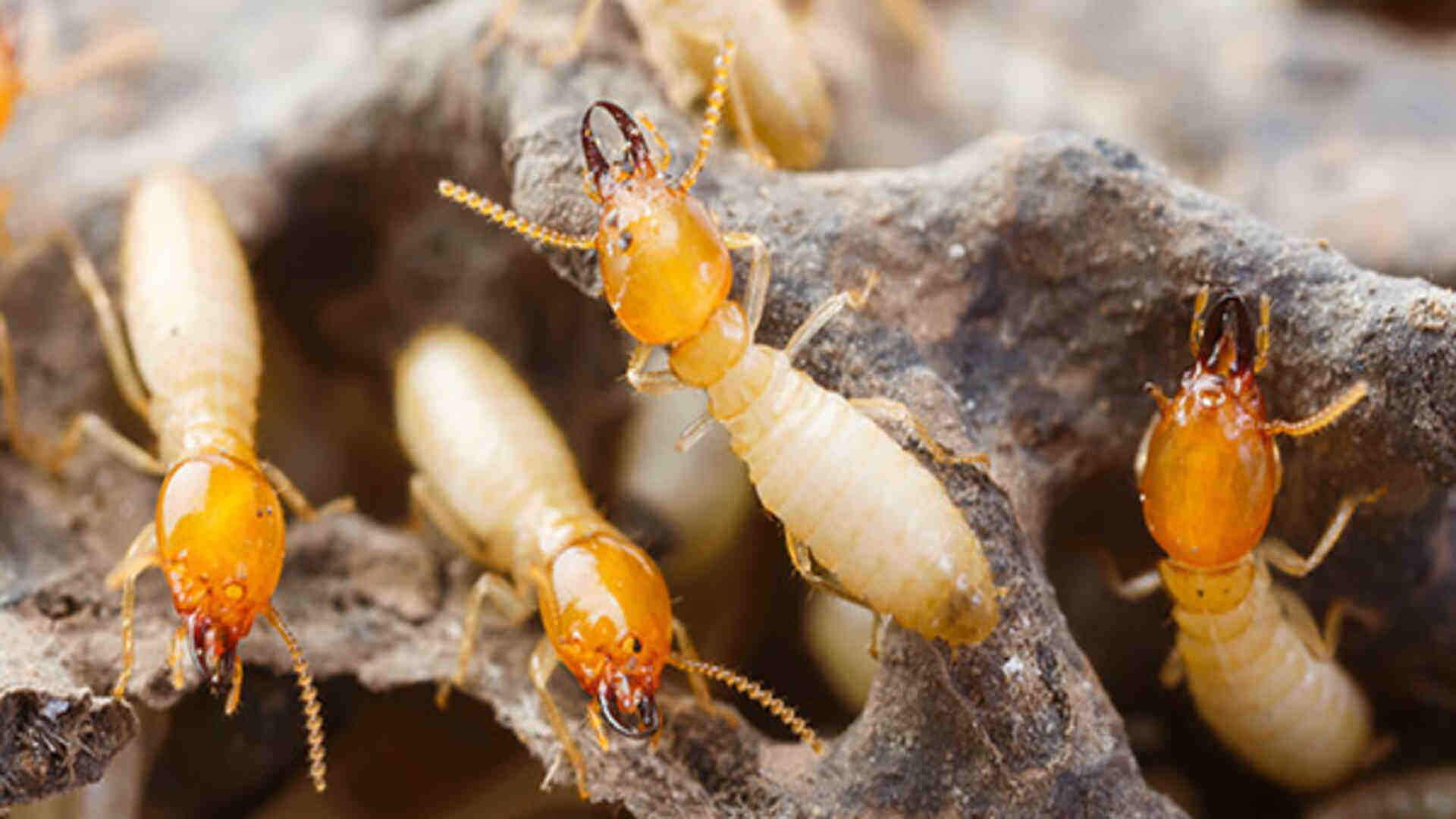
Pencil-thin mud tubes along walls or foundations are a sure sign of termite activity.
Shed wings near windowsills or entry points signify the presence of reproductive termites.

Termites often target wooden door and window frames, making them weak and brittle.
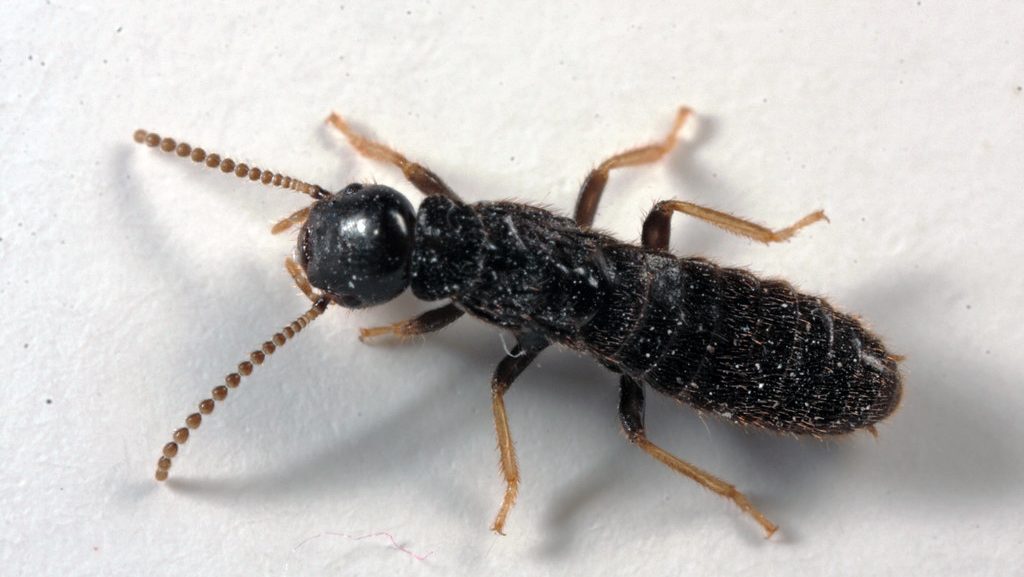
The most common species, known for creating mud tubes and thriving underground.
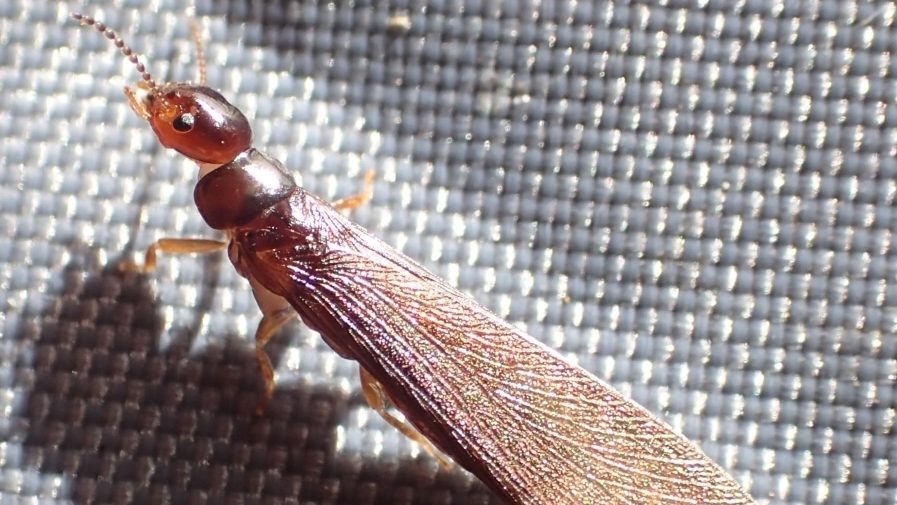
These termites live inside dry wood and do not require contact with soil.
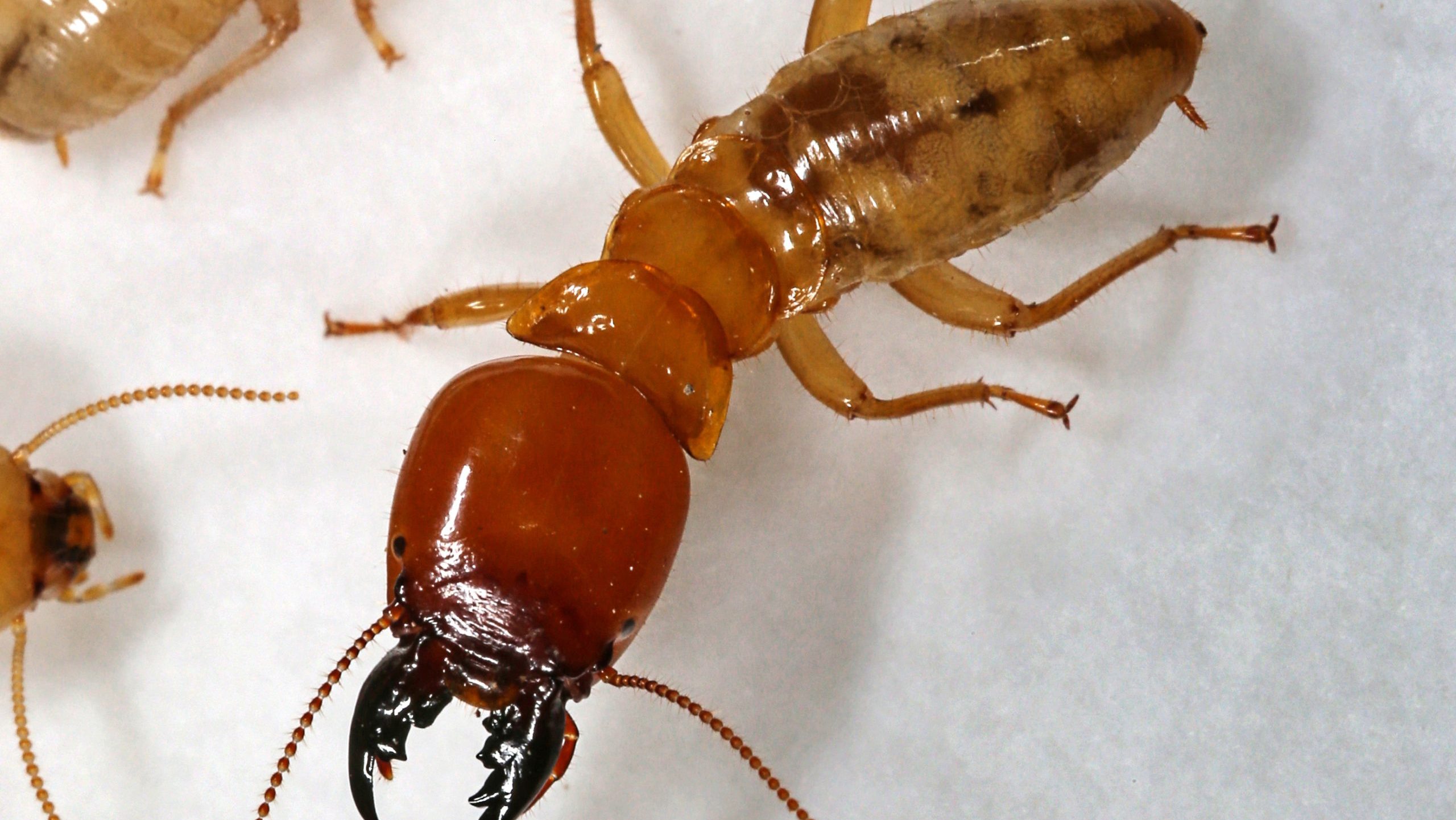
Preferring moist wood, they are less common in homes but still a threat.
Termites never sleep; they work 24/7.
A termite queen can live for up to 25 years.
Termites communicate through vibrations and pheromones.
They are responsible for recycling up to 33% of dead plant material annually.
Termites have been on Earth for over 250 million years!
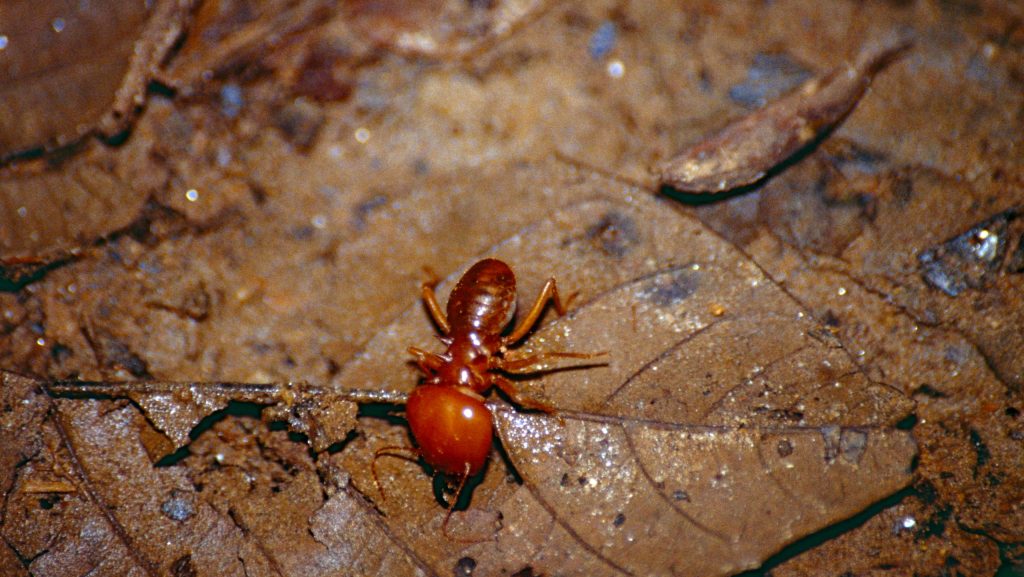
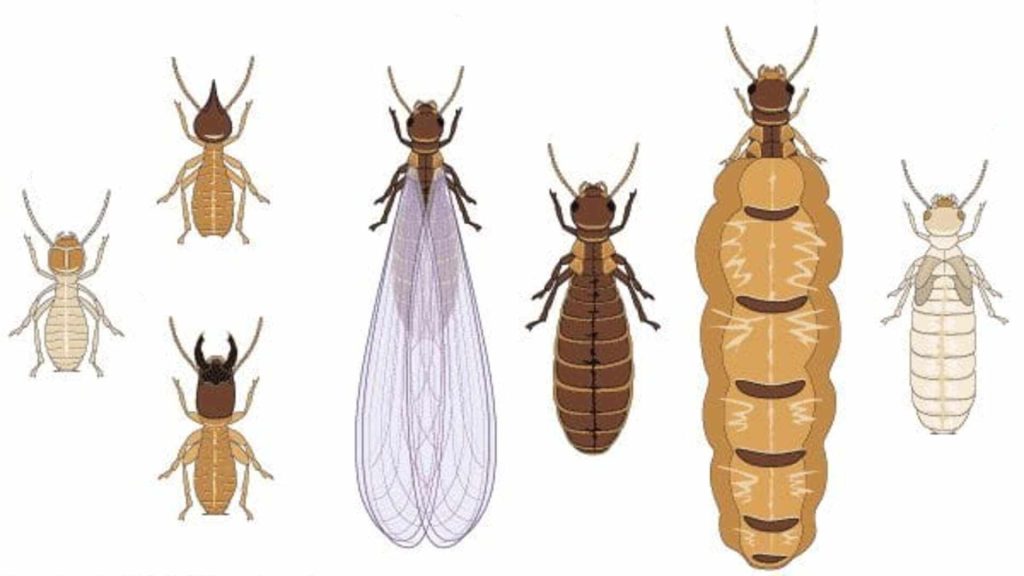
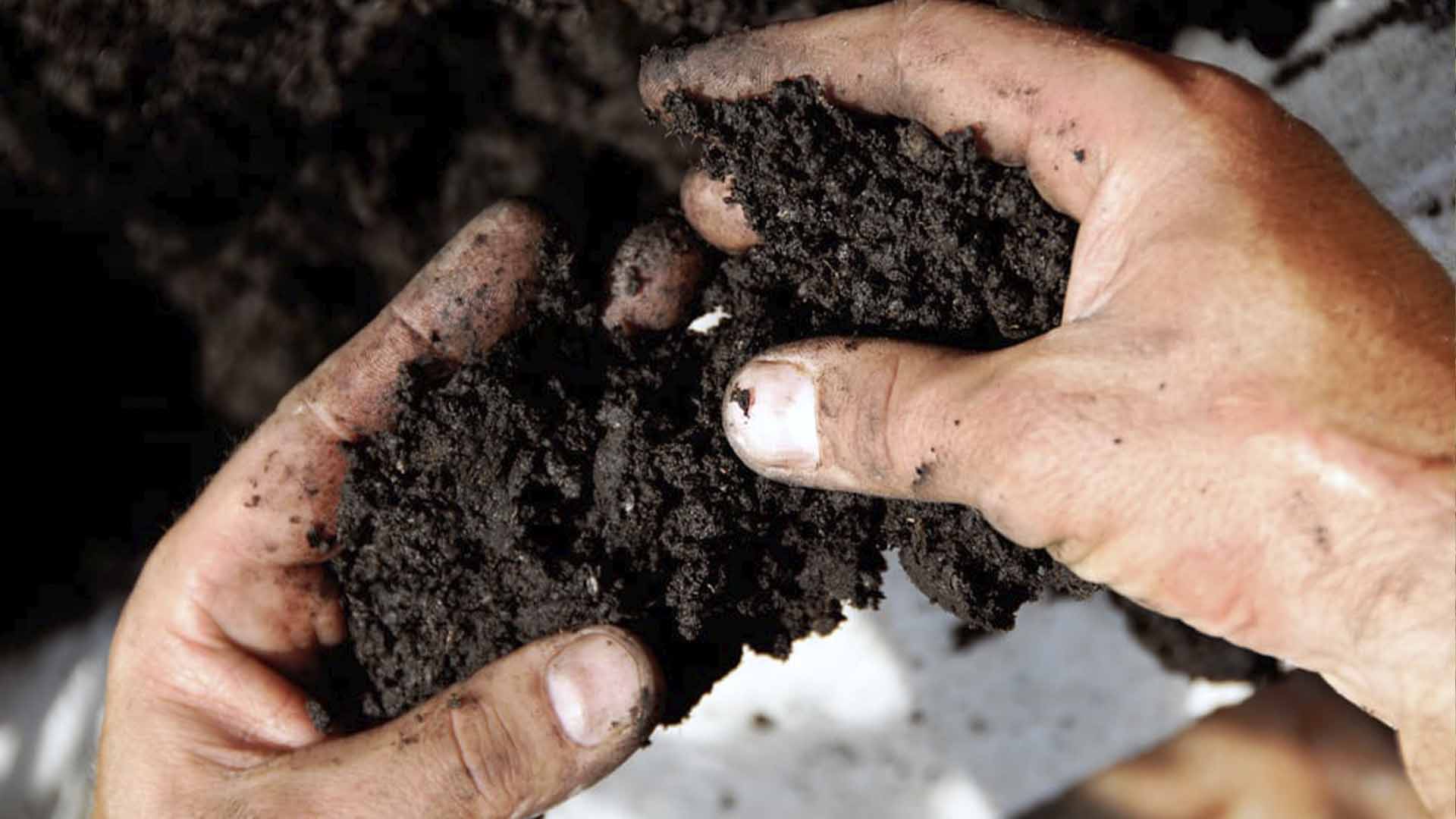
Soil treatments prevent termites from entering your home.
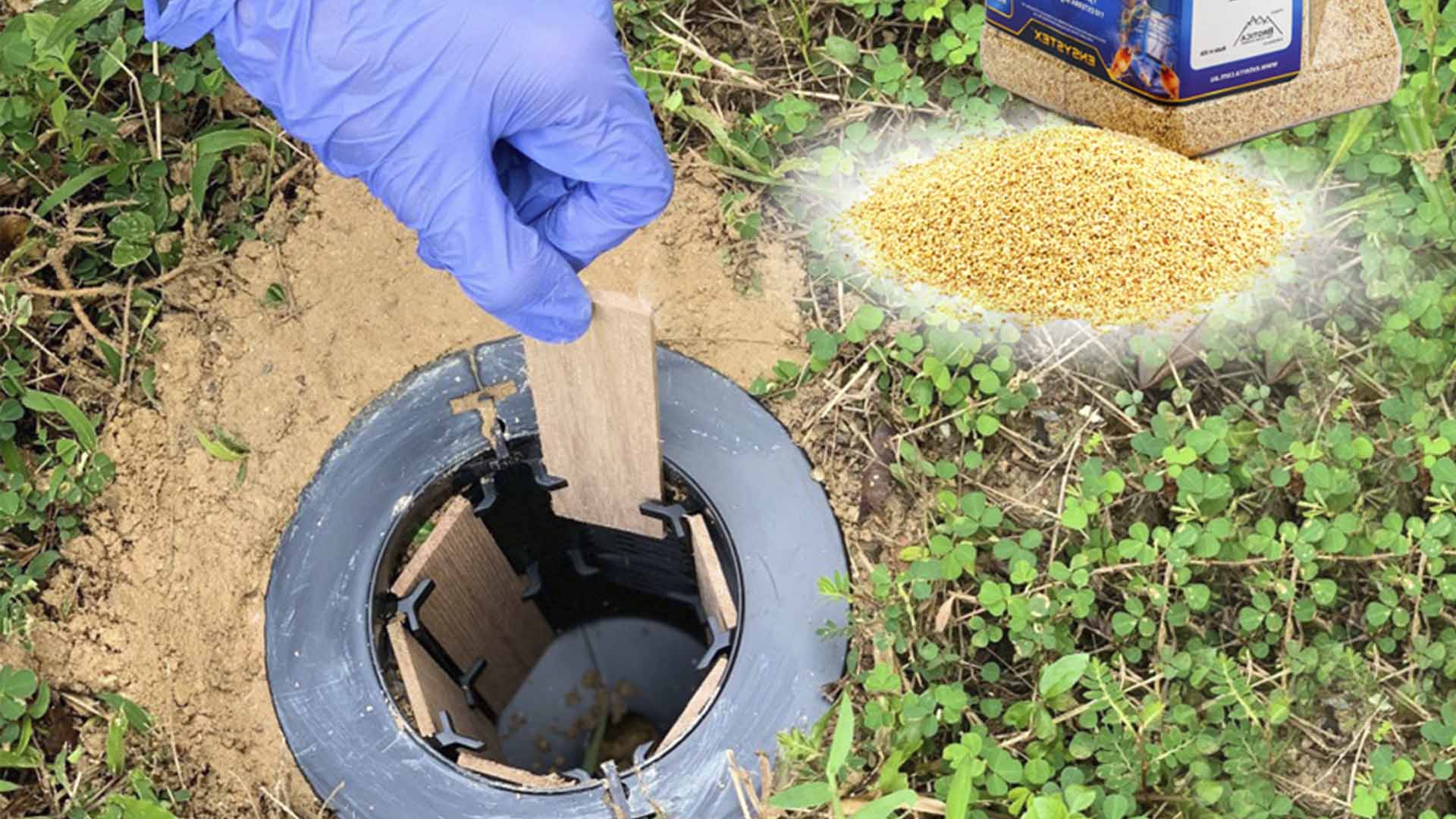
Baits attract termites and eliminate the colony gradually.
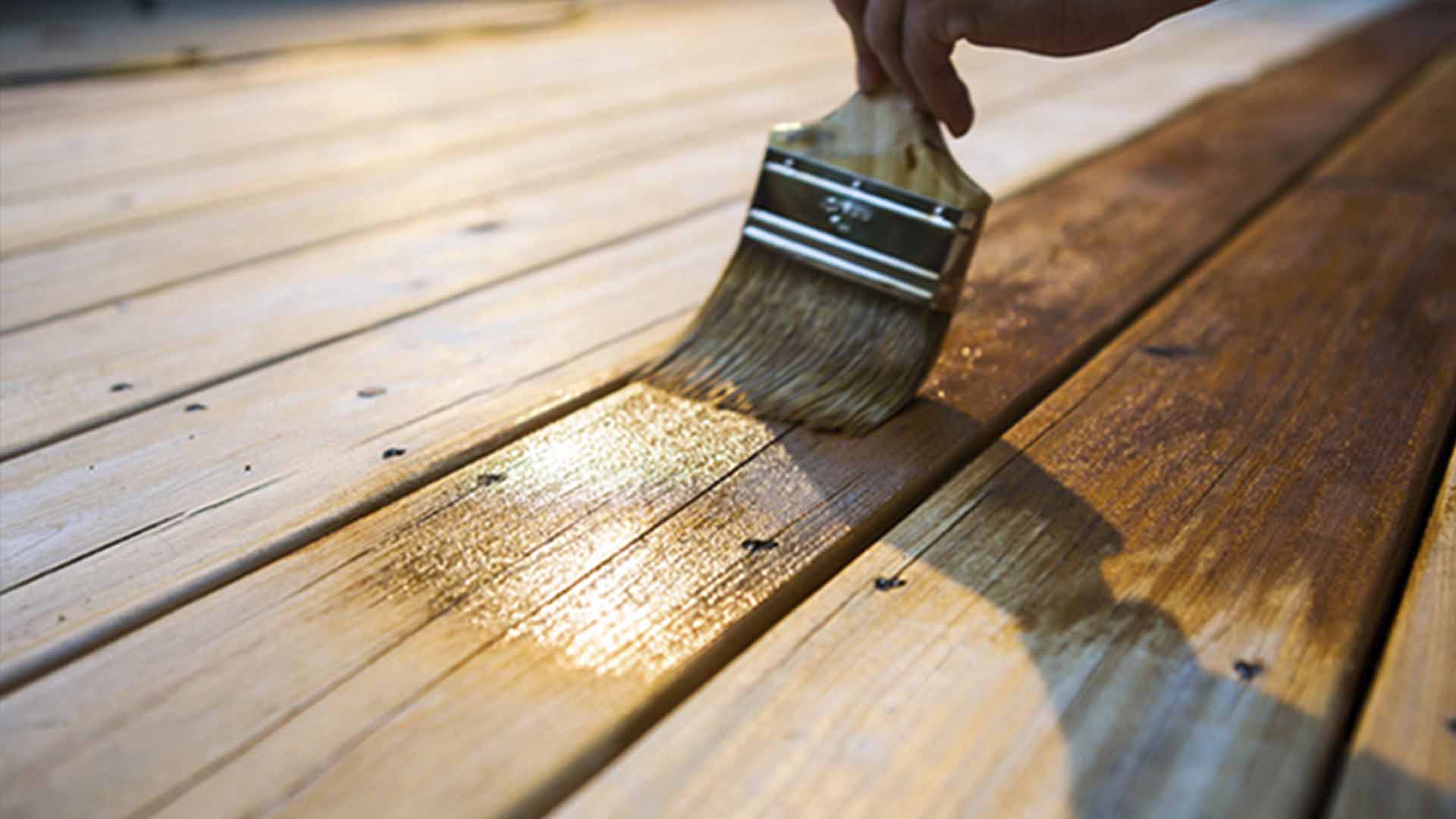
Treating wood with chemicals makes it resistant to termites.

A professional method to eradicate termites from the entire house.
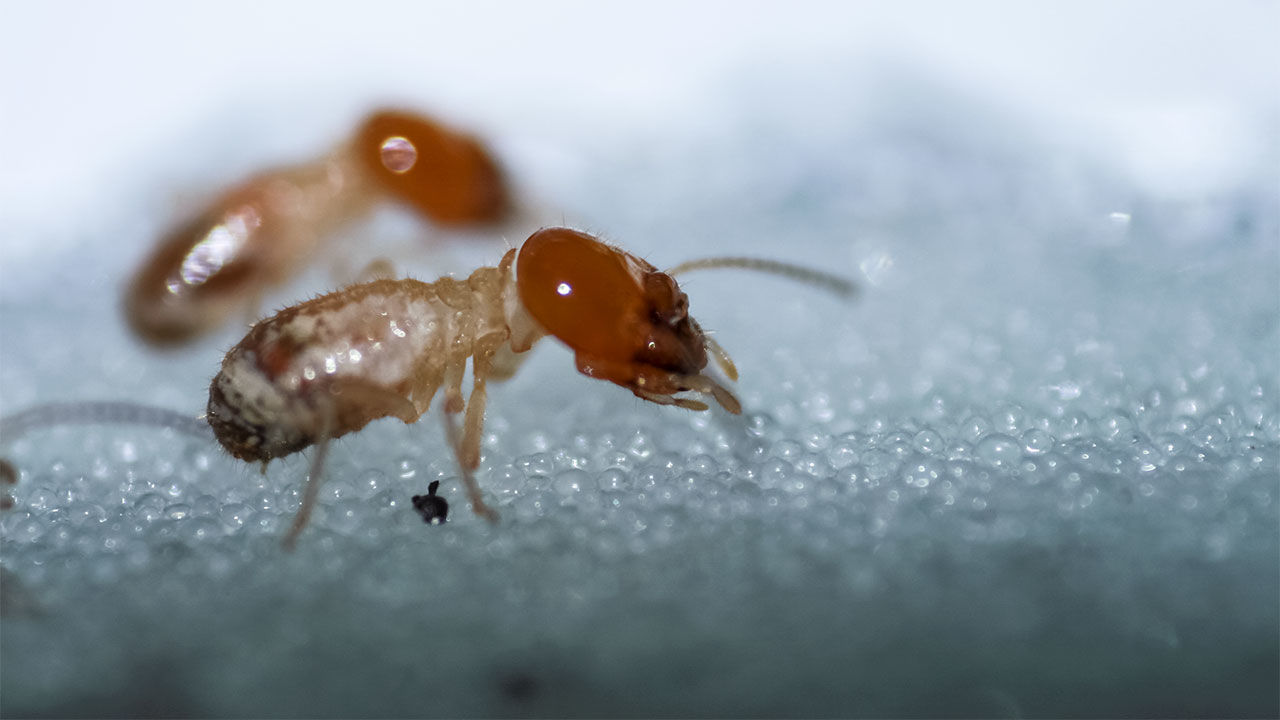
Apply boric acid or set up cardboard traps for minor infestations.
Yes, termites can be very harmful. They damage wooden structures, leading to expensive repairs and even making buildings unsafe. The damage is often not noticeable until it gets awful, so it's important to detect and prevent termite problems early.
Termites with wings (alates) are reproductive members of the colony. They leave the nest in large groups to mate and establish new colonies.
Termites vary in size, typically ranging from 1/8 inch to 1 inch in length.
Termites consume wood, which can weaken and destroy wooden structures in houses, potentially leading to structural damage and costly repairs.
Certain chemicals, such as termiticides and boric acid, can kill termites on contact. However, professional termite control is recommended for thorough extermination.
Signs include mud tubes on walls or foundations, hollow-sounding wood, discarded wings near windows or doors, and frass (termite droppings).
While uncommon, if your bed is made of wood and there is a termite infestation nearby, they could potentially damage it. Contact expert termite exterminator services if you suspect a termite infestation in your bed.
Termites rarely bite humans; their primary threat is to wooden structures.
Inspect the roof for signs of damage, apply appropriate termiticide, and ensure any leaks are fixed to reduce moisture.
Use bait systems or direct chemical treatments and consult a professional for a thorough removal.
